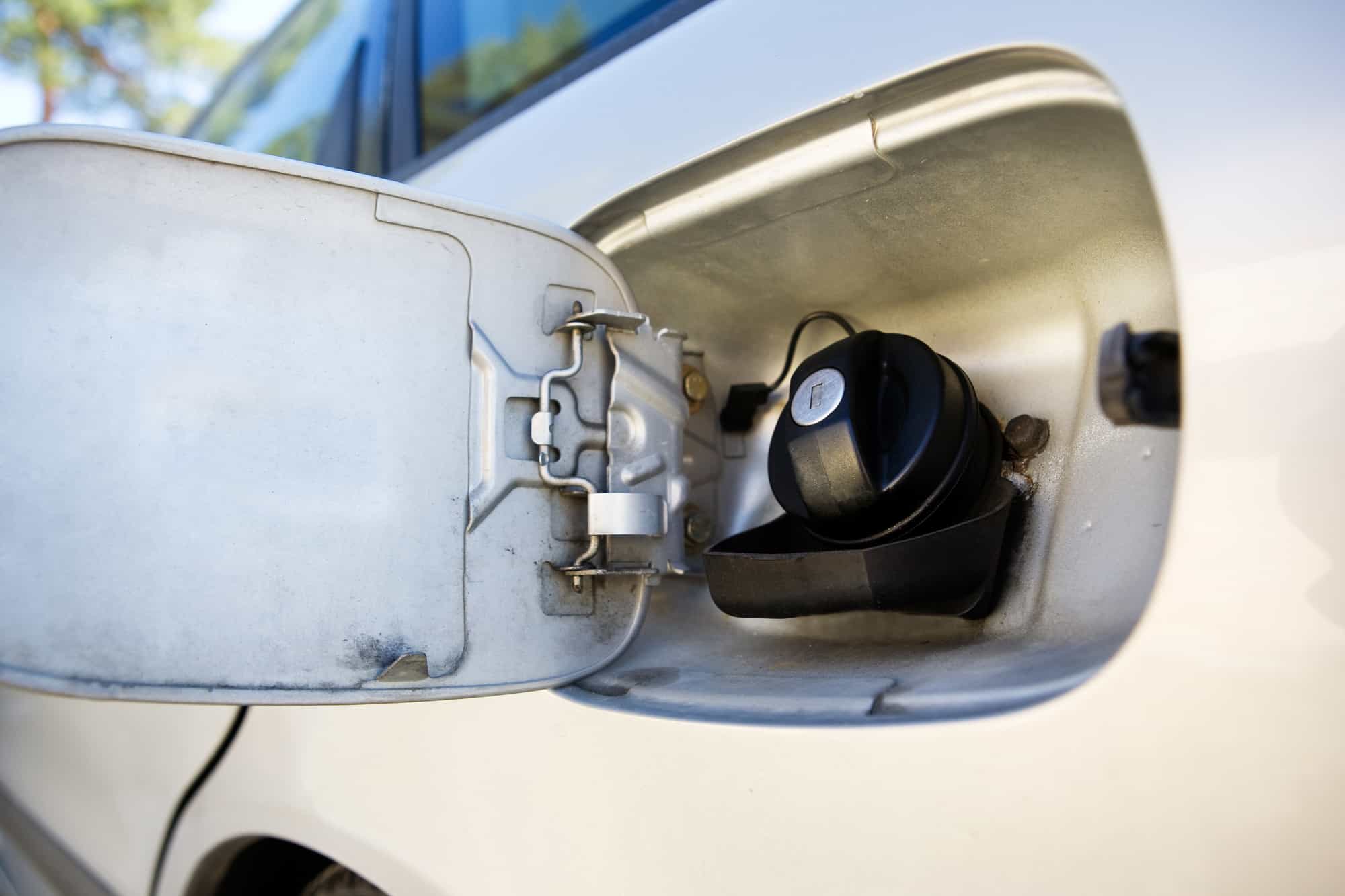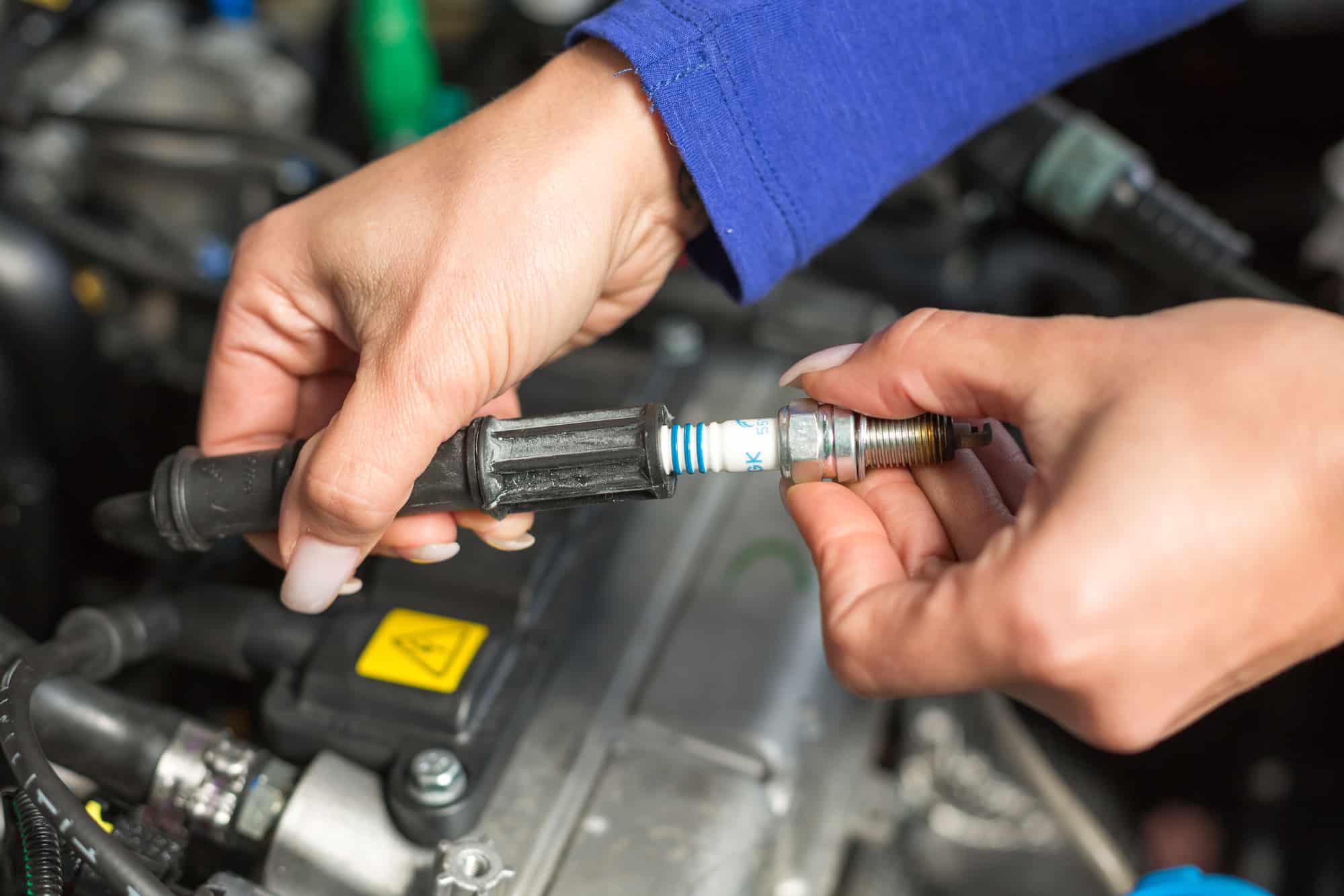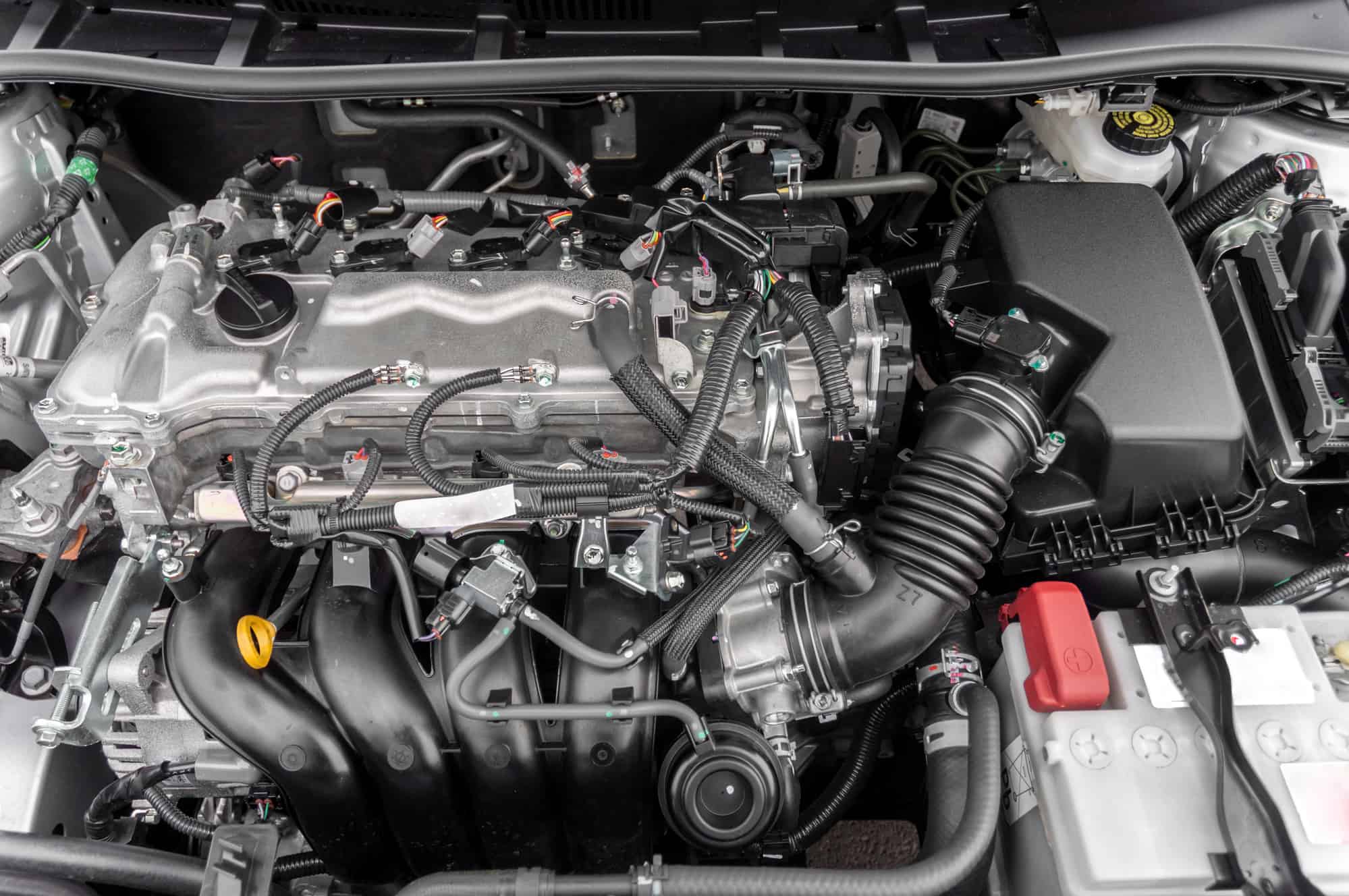If you’ve ever encountered the C1000 code related to your vehicle’s Traction Control System, you might be aware of the potential safety implications it carries. Understanding the underlying causes, diagnostic procedures, and importance of the Traction System Control Module is essential for resolving this issue efficiently.
Key Points
- C1000 indicates traction control system malfunction.
- Symptoms include ABS warning light, engine light, and loss of traction control.
- Causes may involve ABS module, wire harness, or wheel speed sensors.
- Prompt professional diagnosis and repair are crucial for safety.
- Regular maintenance and inspections help prevent C1000 issues.
Common Causes of C1000 Code
If your Mercedes-Benz is displaying the C1000 code, it typically points to a malfunction in the Traction Control System Module. Common causes of this code include issues with the ABS module or problems with the wire harness connected to the Traction Control System Module.
Electrical issues like an open or shorted wire harness, or poor electrical connections, are known to trigger the C1000 code in Mercedes-Benz vehicles. When diagnosing this code, it’s advisable to also check for any safety recalls associated with the Traction Control System Module to guarantee a thorough evaluation.
Symptoms of Traction Control Malfunction
Experiencing a traction control malfunction often manifests through warning lights on your dashboard. When your ABS warning light illuminates, it could indicate a problem with the traction control system. Similarly, the engine light coming on may also signal issues in this system.
If you see the Service Engine Soon warning light, it could be a sign of a malfunction within the traction control system. Then, the C1000 code might appear, indicating that the Traction System Control Module isn’t operating according to factory standards.
To diagnose the problem, it’s vital to visually inspect the wiring harness, connectors, and components. These symptoms serve as early indicators that there may be a malfunction within your vehicle’s traction control system.
If you notice any of these signs, it’s advisable to address the issue promptly to safeguard the safety and proper functioning of your vehicle.
Diagnostic Steps for C1000 Code
When diagnosing the C1000 code, it’s important to thoroughly inspect the Traction System Control Module for faults. The module is typically located in the vehicle’s engine bay or under the dashboard.
Begin by visually examining the module for any signs of damage, corrosion, or loose connections. Next, check the wiring harness, connectors, and other components related to the traction control system. Look for any frayed wires, broken connectors, or visible issues that may be causing the malfunction.
If no visible faults are found, use a diagnostic scanner to retrieve the specific codes stored in the Traction System Control Module. These codes can provide more detailed information about the root cause of the problem.
Importance of Traction System Control Module
The Traction System Control Module serves as an essential component responsible for monitoring and regulating the vehicle’s traction control system. It plays a crucial role in maintaining stability by overseeing wheel spin and traction, especially in scenarios like acceleration or slippery road conditions.
This module communicates with a variety of sensors to guarantee the proper functioning of the traction control system, enhancing overall driving safety. When the Traction System Control Module malfunctions, it can result in issues such as the loss of traction control, activation of ABS warning lights, or compromised driving stability.
It’s important to promptly diagnose and repair any faults in the Control Module to guarantee the safe and efficient operation of the vehicle. Therefore, understanding the importance of the Traction System Control Module and addressing any malfunctions promptly are essential steps to ensure a smooth and secure driving experience.
Cost of Repairing C1000 Code
To address the cost of repairing the C1000 code, consider the average hourly labor cost and the varying rates among different auto repair shops. Repairing the C1000 code related to Traction Control System malfunctions typically requires about 1.0 hour of labor.
Diagnosis time and rates for addressing the C1000 code may fluctuate among auto repair shops, with charges ranging from $75 to $150 per hour. It’s essential to factor in these costs when planning for the repair of the C1000 code.
Be sure to inquire about the specific rates at the auto repair shop you choose, as this can impact the overall cost of fixing the issue. Understanding the diagnosis time and rates associated with the C1000 code repair can help you budget appropriately and make informed decisions about addressing the Traction Control System malfunction.
Understanding ABS Warning Light
Understanding the ABS warning light alerts you to potential issues with your vehicle’s Anti-Lock Braking System, essential for maintaining stability on the road. When this light illuminates, it signifies a problem that needs attention.
Start by checking the fuse box for any blown fuses that might be causing the warning light to come on. If the fuses appear intact, inspect the wheel speed sensors and control modules for any visible signs of damage. Look for broken wires or loose connections that could be affecting the system’s functionality.
Promptly addressing these issues is vital as neglecting them can lead to compromised braking performance and safety concerns. By being proactive and investigating the ABS warning light promptly, you can ensure that your vehicle’s Anti-Lock Braking System operates effectively, enhancing your safety on the road.
Implications of Engine Light Illumination
Upon noticing the engine light illuminated, you become aware of a potential malfunction in the traction control system of your vehicle. This warning signifies a problem that could impact your vehicle’s stability and handling.
Ignoring the engine light related to traction control issues can pose safety risks and lead to a loss of control while driving. It’s important to address this issue promptly to prevent further damage and maintain the peak performance of your vehicle.
Consulting with a qualified mechanic or technician is advisable when the engine light indicates a traction control system malfunction. By seeking professional help, you can accurately diagnose the problem and take the necessary steps to rectify it, ensuring your safety on the road.
What Causes Traction Control Malfunction in a C1000 System?
The traction control malfunction in a C1000 system disabled information resolution can be caused by various issues, such as sensor damage, wiring problems, or software glitches. It is important to diagnose the exact cause of the malfunction in order to effectively resolve the issue and restore the system to proper functioning.
Professional Help for C1000 Diagnosis
Seek professional assistance to diagnose DTC C1000 by examining the traction system control module for faults. A professional diagnosis is vital in accurately identifying issues related to the traction control system malfunction.
A visual inspection of the wiring harness, connectors, and components is essential to pinpoint any potential faults triggering DTC C1000. Professionals have the expertise and tools to conduct a thorough examination that can uncover hidden problems within the system.
When faced with symptoms like the ABS warning light, engine light, or service engine soon warning light illuminating, it’s advisable to seek professional help promptly to prevent further damage.
The cost of diagnosing DTC C1000 may vary, but auto repair shops typically charge around 1.0 hour of labor for this service. By relying on professionals for a detailed inspection and diagnosis, you can address the traction control system malfunction effectively and ensure your vehicle’s safety on the road.
Prevention and Maintenance Tips
To maintain your traction control system functioning properly and avoid issues like the C1000 code, prioritize regular maintenance tasks such as inspecting connections and checking for damage. Make sure to pay close attention to the Traction System Control Module harness and guarantee all connections are secure.
Regularly inspect the wiring harness and connectors for any signs of wear or damage, as catching issues early can prevent bigger problems down the line. Stay informed about any safety recalls related to the Traction Control System to prevent unexpected malfunctions.
Also, visually checking components like connector pins for any abnormalities can help in the early detection and resolution of the C1000 code. Remember, staying proactive with maintenance can go a long way in preventing traction control system malfunctions.
If you need to replace any parts, make sure you use the correct part number to guarantee compatibility and top performance.
As an Amazon Associate we earn from qualifying purchases.










